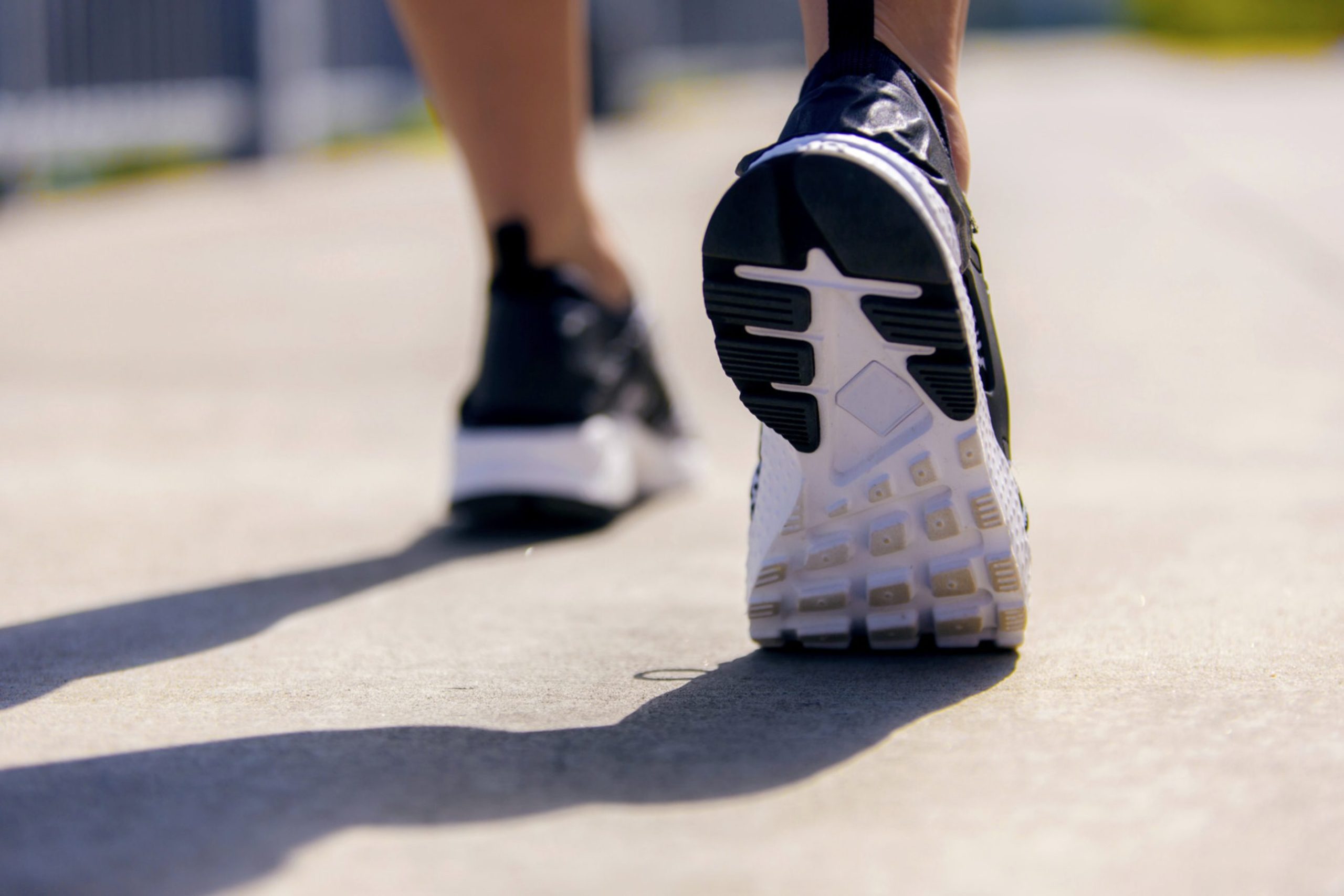So You Signed Up for Your First Triathlon/Multisport Race. Now What?

Congratulations! You’ve decided to take on the challenge of competing in a triathlon or multisport race. It takes a lot of courage to sign up for your first race, but it’s the beginning of an exciting journey towards achieving your fitness goals. This article will guide you through everything you need to know to prepare your body for the training, training with injuries, and what to expect on race day.
How Do I Prepare My Body for Training?
Before you start training for a triathlon or multisport race, you need to prepare your body for the physical demands of the sport. This means engaging in regular exercise, especially cardiovascular activities, to build up your endurance.
One of the best ways to prepare your body for the rigors of training is by cross-training. Cross-training involves performing different types of exercises to work different muscles and reduce the risk of injury. It also helps to keep your workouts fresh and interesting. Some popular cross-training activities include swimming, cycling, yoga, Pilates, and strength training.
Another important aspect of preparation is proper nutrition. Your body needs the right fuel to perform at its best during training and on race day. Make sure you’re consuming a balanced diet that’s rich in lean protein, complex carbohydrates, healthy fats, and plenty of fruits and vegetables. Hydration is also crucial. Drink plenty of water and electrolyte-rich fluids to keep your body functioning optimally.
Medical Check-Ups You Can Do
Before you start any new exercise program, it’s important to get a medical check-up to ensure you’re healthy enough to participate in physical activity. Here are some of the tests you may want to consider:
- Physical Exam: A physical exam is a basic evaluation of your overall health. Your doctor will check your vital signs, listen to your heart and lungs, and check your eyes, ears, nose, and throat. They may also perform a blood test to check for any underlying health conditions.
- Stress Test: A stress test measures how well your heart handles physical activity. You’ll be hooked up to an electrocardiogram (ECG) machine and asked to walk on a treadmill or ride a stationary bike. The test monitors your heart rate and blood pressure, and can detect any underlying heart conditions.
- VO2 Max Test: A VO2 max test measures your body’s maximum oxygen uptake during exercise. It provides a good indication of your aerobic fitness level and can help you design a training program that’s tailored to your specific needs.
- Body Composition Test: A body composition test measures your body fat percentage and lean muscle mass. It can help you determine if you need to lose weight, gain muscle, or make other changes to your diet and exercise program.
How to Train If You Still Have Lingering Injuries
If you have a lingering injury, it’s important to consult with a doctor or physical therapist before starting any new exercise program. They can help you develop a training plan that works around your injury, helps you recover, and prevents further damage.
Here are some tips for training with injuries:
- Modify Your Training: If you have an injury that affects a specific body part, modify your training to avoid aggravating the injury. For example, if you have a knee injury, you may need to avoid running or cycling and focus on swimming or strength training instead.
- Work with a Physical Therapist: A physical therapist can help you develop a rehabilitation program that addresses your injury and helps you get back to full strength. They can also provide guidance on how to modify your training and prevent further injury.
- Listen to Your Body: If you experience pain or discomfort during training, stop and assess the situation. It’s important to listen to your body and not push yourself too hard, as this can exacerbate your injury and set you back in your training.
- Cross-Train: Cross-training is a great way to continue training while giving your injury time to heal. You can focus on exercises that don’t aggravate your injury, such as swimming or strength training, and still maintain your fitness level.
- Rest and Recovery: Rest and recovery are crucial when training with an injury. Make sure to take adequate rest days, get enough sleep, and fuel your body with the right nutrition to help it recover.
Done All That! Now What?
Once you’ve prepared your body for the training and consulted with a medical professional, it’s time to start training for your triathlon or multisport race. Here are some tips to help you make the most of your training and prepare for race day:
- Create a Training Plan: A training plan is essential to help you structure your workouts and ensure you’re making progress towards your fitness goals. You can find training plans online or work with a coach to develop a plan that’s tailored to your specific needs.
- Focus on Your Weaknesses: Identify the areas where you need the most improvement, whether it’s swimming, cycling, or running, and focus on those during your training.
- Incorporate Brick Workouts: Brick workouts involve combining two or more disciplines, such as cycling and running, to simulate the physical demands of a triathlon or multisport race. These workouts can help you build endurance and improve your transitions between disciplines.
- Practice Your Transitions: Transitions can make or break your race, so it’s important to practice them during your training. Set up a transition area and practice transitioning between disciplines, including changing clothes, putting on shoes, and setting up your gear.
- Stay Positive: Training for a triathlon or multisport race can be challenging, both physically and mentally. Stay positive and focused on your goals, and don’t let setbacks discourage you. Remember to celebrate your progress along the way, no matter how small.
On race day, make sure to arrive early, familiarize yourself with the course, and stay hydrated and fueled. Take the time to enjoy the experience and celebrate your accomplishment, whether you finish first or last.










